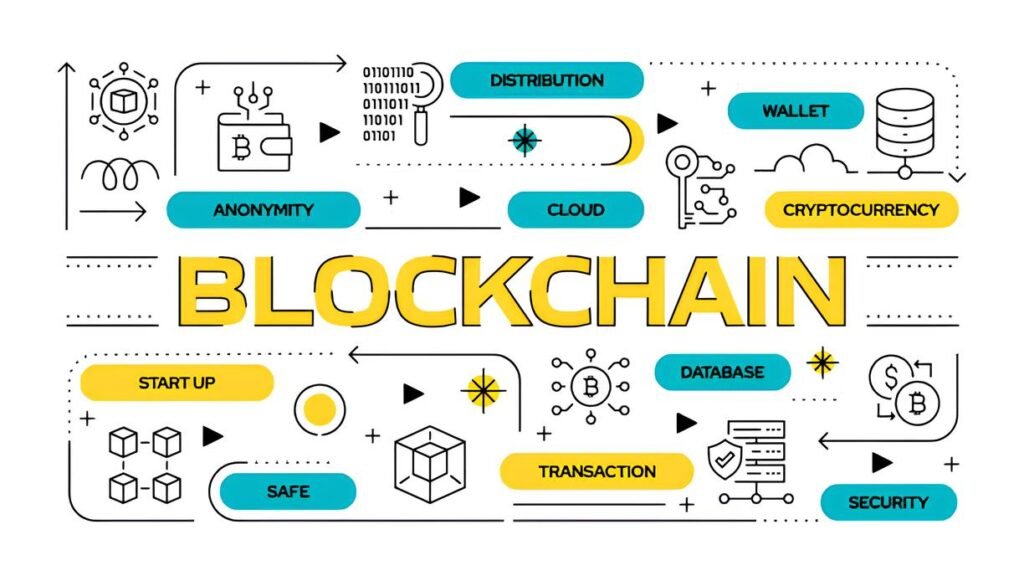It’s easy to overlook a simple link when navigating the fringes of the internet—especially on the darknet. You click a shortened URL expecting a neat redirect, unaware that this tiny, seemingly harmless shortcut could unravel layers of your privacy, particularly if it’s pointing to a .onion site. What makes URL shorteners so risky in this shadowy corner of the web? And why should anyone relying on Tor for anonymity rethink their link-sharing habits?
Imagine you receive a cryptic, abbreviated link to a new hidden service. It looks cleaner, easier to share—but just by clicking it, you might be handing over subtle breadcrumbs about what you’re visiting, exposing yourself to powerful surveillance tools or malicious actors. The very convenience that makes URL shorteners popular on the surface web becomes a glaring vulnerability behind Tor’s anonymizing veil.
In This Article
What Are .Onion Links and Why Are They Special?
.Onion links are the URLs used to access hidden services on the Tor network—a system designed to give users strong anonymity and censorship resistance. Unlike standard web addresses, .onion URLs are auto-generated cryptographic addresses that hide the location and identity of the service.
This design helps protect both visitors and hosts from tracking, surveillance, and takedown attempts. However, their complexity—long strings of letters and numbers—makes them cumbersome to share or remember, prompting many users to seek simplification methods like URL shorteners.
How URL Shortening Works
URL shorteners are services that transform long URLs into short, typically branded links that redirect to the original destination. They work by:
- Generating a unique short code for the long URL
- Providing an easy-to-share link, like
bit.ly/abc123 - Redirecting users via the short link to the full URL
On the surface web, this is handy for social media, emails, or print media where space is limited. But behind the scenes, shorteners collect metadata on clicks—such as who clicked, when, and from where.
That collected data is often accessible to the service provider and, potentially, third parties. This is where the trouble starts with .onion links.
Risks of Using URL Shorteners on .Onion Links
At first glance, shortening a .onion link might seem like a perfectly reasonable convenience hack. But for anyone committed to anonymity and secure darknet access, it introduces multiple risks:
- Exposure of User Patterns: Click tracking by the shortener service can reveal when, where, and how often someone accesses specific hidden services.
- IP Address Logging: Many URL shorteners record the IP addresses of users clicking the links, which can be cross-referenced with Tor usage data to attempt deanonymization.
- Centralized Surveillance Points: The shortener becomes a central choke point that aggregates data on hidden service visits, creating a honeypot for surveillance agencies or hackers.
- Breaking End-to-End Anonymity: Instead of the Tor network alone handling routing, the redirect process relies on clearnet infrastructure, potentially compromising the anonymity guarantees.
- Increased Attack Surface: Shortened URLs can be used in phishing or social engineering campaigns more easily; attackers can craft convincing short links that hide malicious destinations.
Avoid using public URL shorteners to share .onion links—every click can leak important metadata that leads back to you or the hidden service.
Real-World Examples of Compromises
Some darknet users have unknowingly leaked their browsing habits through shorteners. One notable scenario:
- A user shares a shortened .onion link in a forum post that is indexed and captured by threat intelligence organizations.
- Each click logs user IPs and timing data, allowing adversaries to track traffic spikes or recurring visitors.
- Correlation of this data with other leaks or network monitoring helps identify real-world users circumventing censorship.
In another case, malicious actors create fake shorteners targeting Tor users, redirecting clicks to phishing .onion sites. These deceptive shortcuts exploit the trust users place in shortened links and the difficulty of verifying long, random .onion URLs visually.
This problem grows worse because once a shortener logs click patterns, even encrypted Tor traffic can be subjected to timing and correlation attacks, gradually degrading anonymity.
Better Alternatives for Sharing .Onion Links
Thankfully, preserving privacy while sharing .onion addresses doesn’t mean giving up ease of use. Here are safer alternatives:
- Manual Copy and Paste: Though longer, sharing full .onion URLs directly avoids third-party logging.
- Using Trusted Community Tools: Platforms that anonymously share .onion links without logging or tracking visitors, relying on privacy-first design principles.
- Encrypted Messaging: Share .onion addresses through end-to-end encrypted chat apps, minimizing exposure.
- Content Hashing or Fingerprinting: Instead of URLs, share verifiable fingerprints or content hashes that users can check independently.
- Onion Mirrors & Trusted Indexes: Use curated onion directories designed to minimize tracking and provide redundancy.
Maintaining OPSEC and Link Safety
Operational security (OPSEC) is the backbone of safe darknet engagement. Keeping your link sharing and browsing habits secure involves:
- Verifying .onion URLs: Double-check that addresses haven’t been altered or tampered with before use.
- Using Tor Over VPN: Layering a trustworthy VPN before Tor can add another veil against network observers; our guide on how Tor over VPN differs from VPN over Tor in real use explains this in depth.
- Regularly Rotating Identities: Avoid repetitive patterns in accessing hidden services to reduce behavioral fingerprinting risks.
- Avoiding Link Shortcuts: Practicing the patience to handle complex links manually instead of relying on third-party services.
- Using Dedicated Privacy-Focused Browsers: Browsers like Tor Browser are configured to protect anonymity, but be mindful of extension risks and always verify updated safety tips.
If you absolutely need a short link, consider self-hosting a URL redirector on an anonymous VPS and route it only over Tor to avoid exposing your IP or linking user data.
FAQ
Q: Are all URL shorteners unsafe for Tor users?
A: Most widely used shorteners log click data and IP addresses, posing risks. However, self-hosted or privacy-respecting services configured to run exclusively over Tor are safer options.
Q: Can URL shortening leak the actual .onion address?
A: The shortener itself knows the destination URL, so it can be exposed through data breaches, subpoena, or adversarial access. Additionally, traffic through clearnet shorteners can attract unwanted attention.
Q: What’s the main threat actors gain by monitoring shortened .onion links?
A: They can perform user profiling, identify access patterns, correlate network data for deanonymization, and deploy targeted phishing or harassment campaigns.
Q: How can I verify if a .onion link is legitimate?
A: Trusted communities often share cryptographic fingerprints or PGP signatures of important .onion addresses. Cross-reference these to avoid fake or compromised links. See our article on trusted methods for verifying .onion URLs for more.



